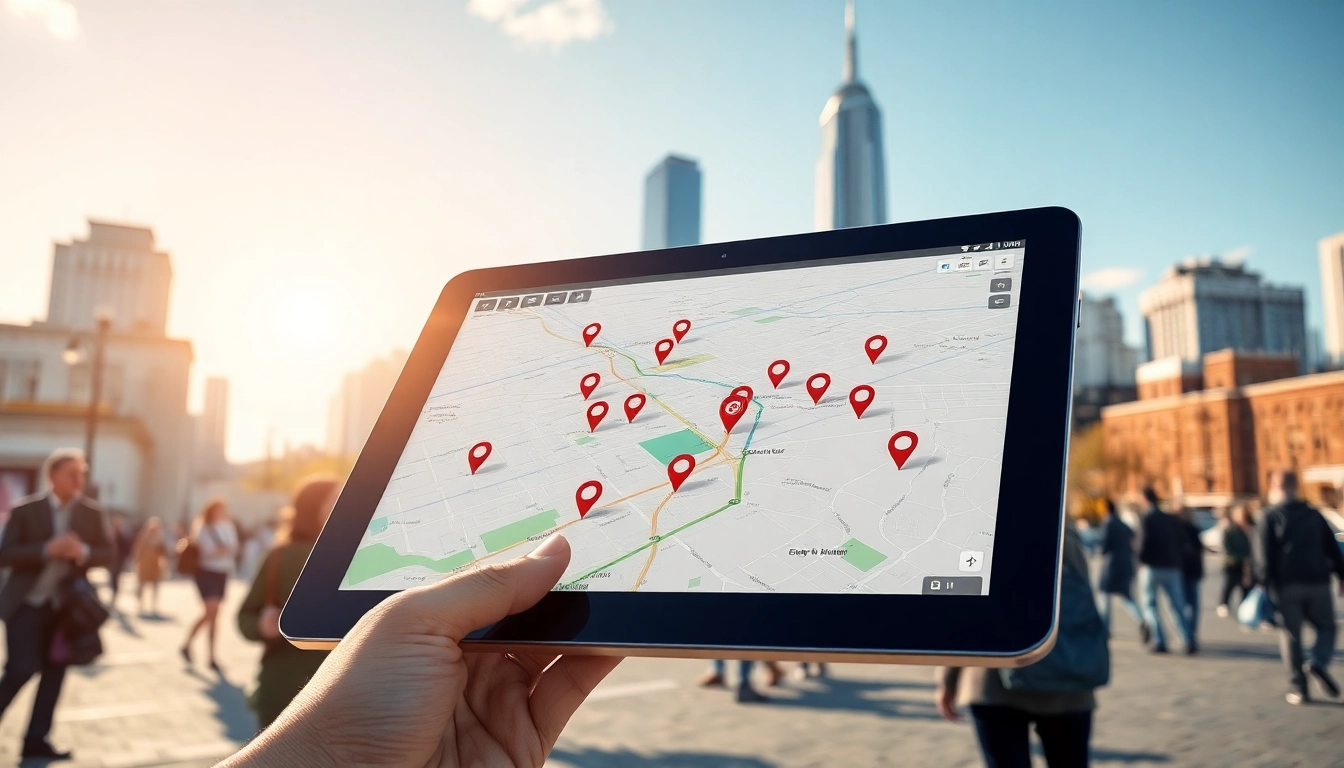Understanding the Concept of Locations
What Are Locations?
Locations signify specific geographic points or areas identified by their unique characteristics, including coordinates, addresses, or contextual identifiers. In both physical and digital landscapes, locations form the backbone of navigation and interaction. They serve as the foundation for businesses, customers, and technology interface, reflecting a world that is increasingly interconnected. In the context of services provided by companies like Locations, understanding what defines a location is crucial for strategic planning and customer engagement.
The Importance of Locations in Business
For businesses, locations are vital for multiple reasons:
- Market Reach: Identifying the right locations allows businesses to optimize their market reach, tapping into new customer bases and enhancing service delivery.
- Operational Efficiency: Selecting strategic locations can reduce costs related to distribution, logistics, and staff allocations, thereby improving overall efficiency.
- Brand Presence: Physical locations can boost brand recognition and trust, as customers often prefer local engagements.
- Competitive Advantage: Leveraging location intelligence can lead to a significant competitive edge, allowing businesses to adapt their strategies based on geographic trends.
Types of Locations: Physical vs. Digital
Understanding the distinction between physical and digital locations can influence marketing strategies and customer outreach:
- Physical Locations: These are tangible places where businesses operate, such as storefronts, warehouses, and offices. They often require considerations around demographics and local regulations.
- Digital Locations: These exist in the online realm, encompassing websites, social media platforms, and mobile applications. Businesses can engage consumers based on their online activity and geolocation data.
How Locations Impact User Experience
User Interface and Mapping Tools
The interface through which users interact with locations is crucial for their overall experience. Mapping tools, like Google Maps, play a significant role by providing easy navigation and facilitating users’ goals, whether finding a restaurant or planning a route. The clarity and efficiency of these interfaces directly influence user satisfaction and retention.
Personalization Based on Location Data
Personalization allows businesses to utilize location data to tailor experiences to individual users. For instance, e-commerce platforms can provide localized offerings that resonate with the cultural preferences of users in specific areas. The ability to adjust content based on geography not only enhances user experience but also drives conversion rates.
Enhancing Engagement through Geographic Targeting
Geographic targeting leverages user location to engage customers more effectively. By sending localized promotions or content, businesses can create more meaningful and relevant touchpoints with their audience. This approach has been proven to increase engagement levels, as users are more likely to resonate with messages that reflect their immediate context.
Technological Advances in Location Services
GPS and Mapping Technologies
The evolution of GPS and mapping technologies has revolutionized how locations are identified and utilized. Modern GPS systems can offer real-time navigation and tracking, greatly impacting industries from logistics to personal travel. Innovations in mapping technologies also enable augmented reality experiences, where digital content blends seamlessly with physical environments, enhancing user interactions.
Location-based Services and Their Applications
Location-based services (LBS) use geographical information to provide tailored services or information to consumers. Applications range from navigation aids to location-based marketing strategies. For example, restaurants can use LBS to send special offers to nearby patrons, driving more foot traffic. The real-time capabilities of these services help businesses respond instantaneously to emerging trends and adjust strategies accordingly.
Future Trends in Location Technology
As technology continues to advance, emerging trends such as hyper-local search, automatic geotagging, and enhanced privacy measures are likely to shape the landscape of location services. Increased integration of Artificial Intelligence (AI) in mapping and locating technologies promises personalized user experiences upon and beyond their immediate context, ensuring greater relevance and connection for all users.
Implementing Location Strategies in Marketing
Local SEO Practices for Location Optimization
Employing local SEO strategies is critical for businesses that want to increase visibility in specific geographic areas. This includes optimizing Google My Business profiles, using local keywords in content, and ensuring consistent NAP (Name, Address, Phone Number) details across all platforms. Each of these practices enhances a business’s discoverability for local search queries, making it more likely for potential customers to engage.
Leveraging Location Data for Targeted Advertising
Using location data for targeted advertising allows businesses to focus their marketing efforts on specific demographics. For example, companies can analyze regional buying patterns and adjust their advertisements to cater to local customers’ preferences, ultimately improving Return on Investment (ROI). This data-driven strategy enables businesses to be strategic in their ad placements, increasing the likelihood of engagement and conversion.
Case Studies: Successful Location-Based Campaigns
Examining case studies of brands that successfully implemented location-based campaigns can offer valuable insights. For instance, Starbucks’ targeted promotions based on local events have generated significant engagement. Similarly, the successful launch of Snapchat’s location-based filters allowed users to interact with the platform in a fresh, innovative way, increasing usage rates and brand loyalty. These examples underline the efficacy of strategically leveraging location in marketing initiatives.
Measuring the Effectiveness of Location Strategies
Key Performance Indicators for Location Insights
To measure the effectiveness of location strategies, businesses must identify relevant Key Performance Indicators (KPIs). These may include metrics such as foot traffic, online engagement per geographic location, and conversion rates from location-based marketing efforts. Tracking these KPIs allows businesses to assess the ROI of their strategies and make necessary adjustments.
Tools for Analyzing Location Data
Various analytics tools are available to help businesses glean insights from location data. Tools like Google Analytics provide features that help analyze user behavior based on geographic parameters, while specialized platforms can offer deeper insights into customer demographics based on location. Leveraging these tools can lead to more informed decision-making and improved customer outreach strategies.
Adjusting Strategies Based on Location Metrics
It is critical for businesses to remain agile and ready to adjust their strategies based on location metrics. When analysis reveals shifts in customer behavior or market demand in distinct locales, responding effectively can mean the difference between success and failure. Regularly re-evaluating location-based strategies ensures continued relevance and improved customer satisfaction.
